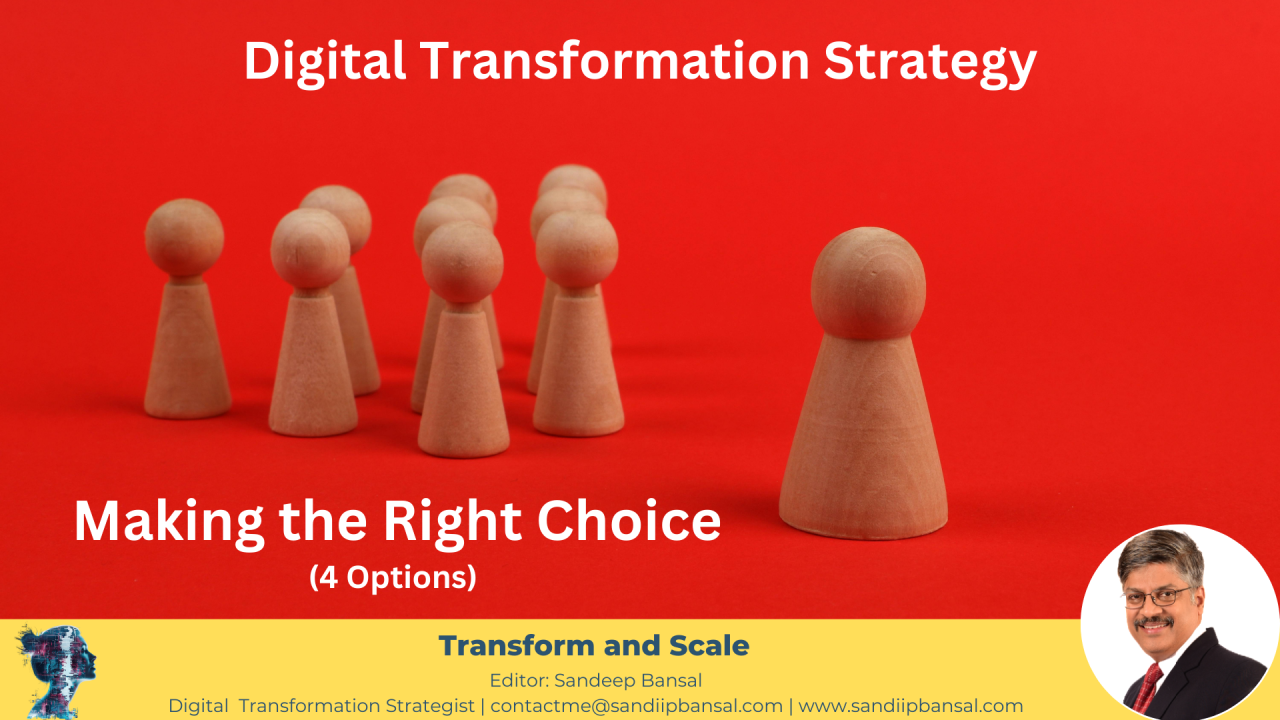After 15+ years in the trenches of digital transformation, I’ve seen too many promising projects turn into what I call “budget black holes” – those initiatives that suck in more and more resources without ever delivering the promised value.
The Problem
When Digital Transformation stuck in a Never-Ending Loop
From my experience, digital transformation initiatives—whether ERP, HCM, or CRM—are designed to streamline processes and enhance efficiency. However, for many organizations, these projects spiral into an endless loop, continuously draining budgets with no clear ROI in sight. Year after year, companies keep paying their partners, hoping that this will finally be the year they achieve their goals. Yet, the cycle never ends—implementation drags on, while licensing and resource costs keep rising.
What starts as a well-planned initiative quickly turns into an unstoppable beast:
❌ The program kicks off on time but never reaches completion.
❌ Years pass, yet the project remains in a perpetual “almost done” stage.
❌ Users keep requesting new features, forcing developers to write new code daily.
❌ The budget, once carefully planned, now expands like a rubber band—with no limits.
The worst part? Organizations often don’t even know where the real problem lies.
The Hidden Culprit: Your Contract
After analyzing dozens of troubled transformation programs, I’ve identified one critical factor that doesn’t get nearly enough attention: the contract itself.
In my experience, weak contracts create the perfect environment for chaos. Without proper guardrails, you’re essentially giving vendors and stakeholders a blank check to keep adding, changing, and extending – with your budget footing the bill.
The 5 Non-Negotiable Contract Clauses That Will Save Your Transformation
Here’s my battle-tested advice: Never sign a transformation contract without these five essential elements:
1. Scope of Work (SOW)
Why it matters: An ambiguous scope is your budget’s worst enemy. Every stakeholder “must-have” becomes an expensive addition.
What to include:
- Exhaustive inventory of deliverables (features, functionalities, integrations)
- Clear boundaries on what’s OUT of scope (just as important as what’s in)
- A formal change management process with associated costs
- Documentation standards for all deliverables
Pro tip: Include screenshots of expected UI/UX designs as appendices to avoid the “that’s not what we meant” conversations later.
2. Clearly defined Start and End Dates
Why it matters: Without firm timelines, projects exist in a perpetual “almost done” state.
What to include:
- Phase-by-phase timeline with specific deliverables for each
- Regular checkpoint reviews with go/no-go decision points
- A FINAL project closure date set in stone
- Clear acceptance criteria for each milestone
Pro tip: Schedule a celebratory “go-live party” at the beginning of the project to psychologically cement the end date.
3. Meaningful Delay Consequences
Why it matters: If there’s no penalty for tardiness, expect everything to arrive late.
What to include:
- Progressive financial penalties for missed deadlines (e.g., 5% for the first week, 10% for the second)
- Incentive bonuses for early or on-time completion
- Escalation framework that brings senior leadership into the conversation when timelines slip
Pro tip: Tie some penalties to user adoption metrics, not just technical go-live dates.
4. Strategic Entry and Exit Clauses
Why it matters: You need an escape hatch when things go sideways.
What to include:
- Performance-based termination conditions with objective metrics
- Reasonable notice periods (45-60 days is fair)
- Mandatory knowledge transfer requirements
- Complete handover of all code, data, credentials, and documentation
Pro tip: Include a “proof of concept” phase with clear success criteria that must be met before proceeding to full implementation.
5. Lock-in Period Protections
Why it matters: Being trapped in a failing relationship is painful and expensive.
What to include:
- KPI-based exit clauses that trigger if performance falls below thresholds
- Shorter initial terms with optional extensions
- Vendor transition assistance requirements
- Data portability guarantees
Pro tip: Establish a vendor scorecard at the beginning of the project and review it quarterly to track performance objectively.
My Hard-Earned Lessons
Let me share a quick personal story. Early in my career, I led a CRM transformation that was supposed to take 8 months. one years and 200% over budget later, we were still implementing “critical” features that kept appearing out of nowhere.
The painful lesson? We had a rock-solid technical specification but a paper-thin contract that didn’t protect us from ourselves (or our vendor). We hadn’t clearly defined what “done” looked like, so naturally, we were never done.
Your Digital Transformation Survival Kit
For those about to embark on (or rescue) a transformation journey, here’s your takeaway toolkit:
- Contract Template Checklist – Review your existing contracts against the five clauses above
- Scope Freeze Protocol – Establish a formal process for handling out-of-scope requests
- Decision Rights Matrix – Clarify who can approve changes and at what cost threshold
- Value Realization Framework – Keep tracking benefits to ensure the project stays worthwhile
What’s Your Experience?
Have you rescued a failing digital transformation? Or perhaps you’re in the middle of one right now? I’d love to hear your stories in the comments below.
If you’re facing transformation challenges, I’m offering a free 30-minute “Contract Clinic” for the first five people who comment on this post. Let’s make sure your next digital initiative delivers the value you deserve!
#DigitalTransformation #ProjectManagement #ContractStrategy #LeadershipLessons #TechStrategy







